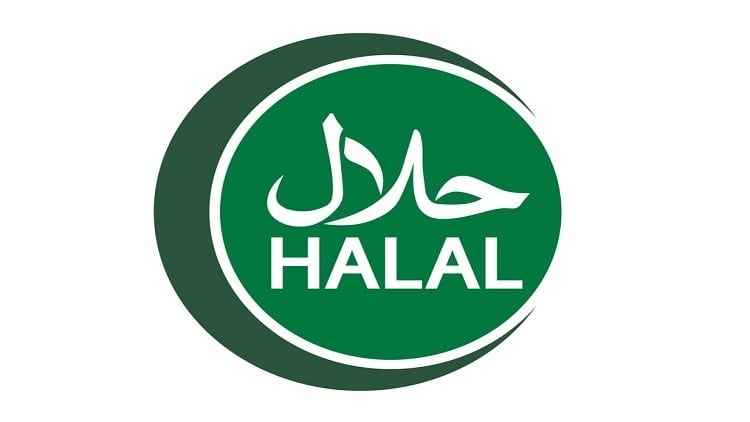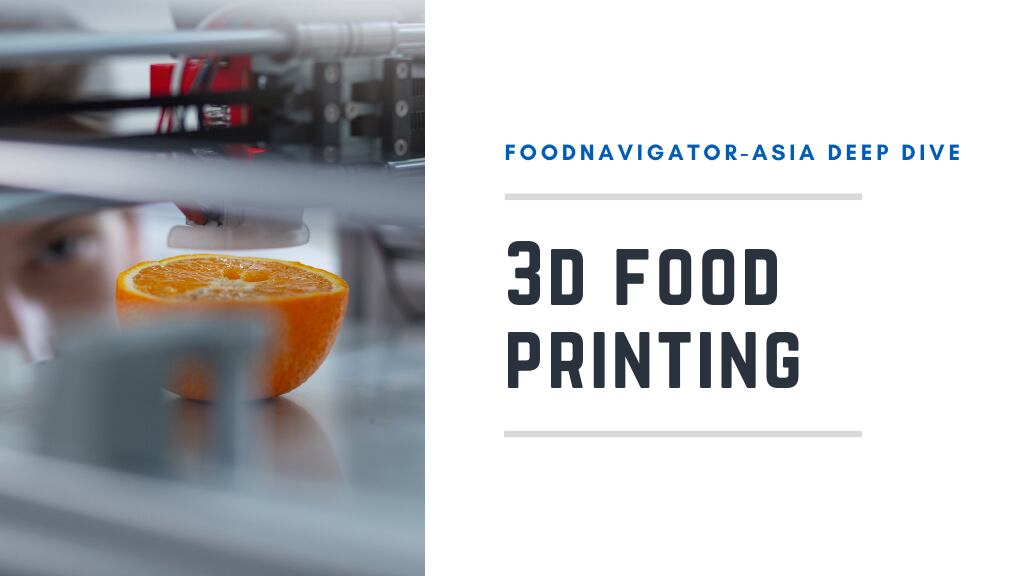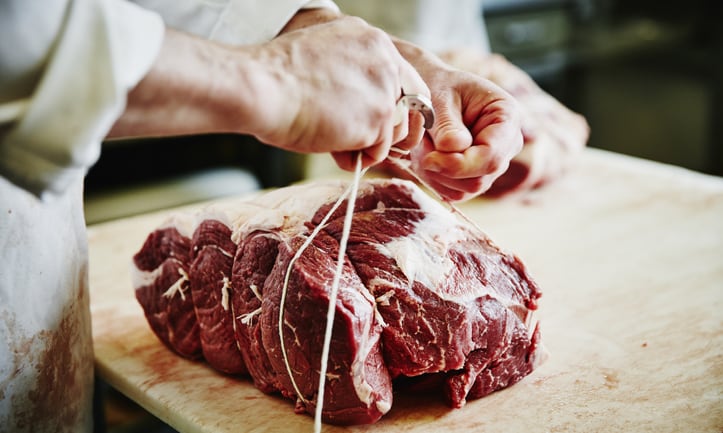China’s quest to eliminate the use of excessive packaging in the country to cut down on packaging waste has been ongoing since 2021 when the government first banned these for festive foods such as mooncakes and dumplings, and earlier this year expanded its focus to include several more food categories such as fresh foods and foods purchase via e-commerce.
The local Ministry of Agriculture and Rural Affairs (MARA) has just launched a draft containing formalised proposed standards to govern excessive packaging, with an initial focus on fruit, meat, egg and seafood products.
“China has been making strides to upgrade the quality and presentation of local food products in recent years, and whilst there has been great improvement in both the inherent quality of these products as well as the packaging for presentation, [this has] also resulted in a problem of excessive packaging being used, which has caused a lot of waste,” MARA said via a formal statement.
“Recently a social media-published video of the unboxing of a strawberry ‘Black Gold Gift Box’ [came to public attention], and in the overall total 42 seconds of this video, 37 seconds were dedicated solely to unboxing and packaging removal before getting to the actual food items.
“The packaging involved multiple layers and types of materials, including an aluminium film heat preservation bag, a foam box, a plastic seal, a hardcover carton, a vacuum fresh lock bag, a sponge perforated pad, and plastic hardcover gift boxes – a total of 7 layers of wrapping from inside to the outside.
“This was a gift box of 24 strawberries, packed in all these layers [as this was] its biggest marketing gimmick, and the phenomenon of such excessive packaging is not uncommon here, yet it is not only a waste of resources [but also] encourages extravagance and corruption and this must be halted.
“As such, [the Chinese government] is stepping in to restrict this excessive packaging use with the backing of national legislation to prevent the worsening of this issue.”
The manufacturers of products from the four food categories highlighted in the draft regulations – meat, egg, fruit and seafood products – now have specific standards that must be abided to when packaging these products, covering areas from packaging costs to packaging material and porosity.
“Only four layers of packaging are allowed for all meat products, and no more than three layers for the other products,” said MARA.
“The cost of packaging must not exceed 20% of the sales price of the product, and must not exceed 30% of the overall weight ratio of the product.
“To make estimations of the various packaging dimensions, manufacturers must note that their weighing equipment must be maintained with an error of no more than ±0.05 kg, length measuring equipment must have error of no more than ±1 mm, and volume measuring equipment must have error of no more than ±0.1 L. All equipment must meet [MARA] measuring requirements.”
The ministry also provided specific formulae for manufacturers to use when calculating the porosity of materials used, the costs of packaging materials, the weight ratio and so on.
The draft standards are available here and are open for public comment until January 22 2023. More details on providing feedback can be found here.
Crabs in the spotlight
MARA also provided specific guidelines when it comes to the packaging and sale of crabs in the country, following reports of extraordinarily high wastage when it comes to the use of packaging in this sector.
“There has been a practice of excessively bundling up crabs for sale which is not only causing issues for consumers but also resulting in large amounts of wastage,” said the ministry.
“There have been many attempts by local jurisdictions [where the crab industry is very active] to control this [from Kunshan to Xiamen].
“In the interest of keeping guidelines in this sector both practical and authoritative, these standards have determined that when basing price calculations on a bundle of crab or related products, the individual pricing of the packaging material used for bundling must not exceed 5% of the individual weight of a single crab or related product (including the weight of bundling material.”





